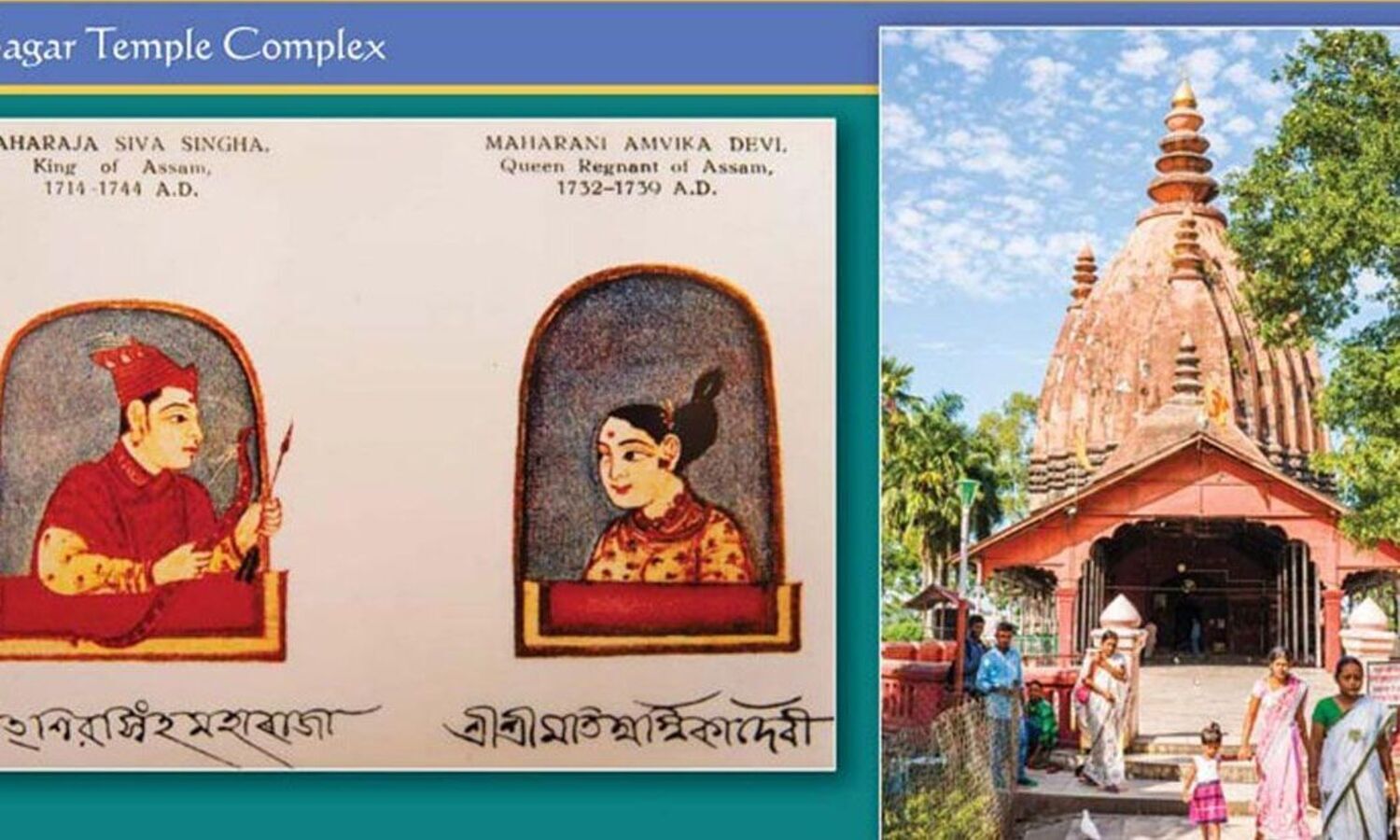
Yesterday once more – Dr. Shiela Bora
Three Ahom queens who made an indelible mark on the history of Assam.
Though administration and politics are generally considered to be the domain of menfolk, there are rare instances of a few intelligent and courageous women in the history of medieval Assam who formally took the reins of government into their own hands or acted as advisors to the authority in power. In this regard, the three queens of the Ahom monarch Siva Singha (1714-44) deserve special mention.
Siva Singha, alarmed by the predictions made by his Brahmin priests and astrologers in 1722 that his rule would shortly come to end, endeavoured to counter the alleged decree of fate by handing over his royal umbrella and the royal insignia to his chief queen, Phuleswari Konwari, who assumed the name Pramatheswari Devi and the title of ‘Bar Raja’ or the chief king. She was the first queen of Assam to govern the kingdom directly. Having assumed the title of ‘Bar Raja’, Phuleswari minted coins in the joint name of herself and her husband, where she used the Persian legend, the first of its kind in Assam. Phuleswari, who was even more under the influence of the Brahmins than the king himself, desired to make Saktism the state-religion and adopted certain drastic steps to realise this end by causing deep resentment amongst the Vaishnavas.
Born in Kalugaon Gayan Gaon in Sivasagar district where the tradition of Bihu husori dates back to the time when groups were invited by the Ahom swargadeos to perform at royal functions, Phuleswari Konwari was gifted with a cultural bent of mind. In addition to establishing a Sanskrit teaching school in the palace grounds, Phuleswari encouraged the translation of Sakuntala into Assamese. The books Geet Govinda and Hangsur Badh were also translated during her period into ancient Assamese language. Hasti-Vidyarnava, one of the best known illustrated manuscripts of Assam dealing with the management and care of elephants in royal stables, was commissioned under the patronage of this royal couple.
Phuleswari Konwari will be remembered by posterity for the excavation of the Gaurisagar Tank near the present town of Sivasagar and the construction of the three temples dedicated to Shiva, Vishnu and Devi on its side.
Following the death of Phuleswari, in 1731, the king married her sister Draupadi, and made her the ‘Bar Raja’ with the name Ambika. She can be credited with the excavation of the famous Sivasagar Tank and the construction of the biggest Shiva temple in Assam, on its bank.
Following Ambika’s death in 1738, Siva Singha’s third wife, Enadari, assumed the name of Sarbeswari on becoming ‘Bar Raja’. During her tenure, typical octagonal shaped coins in silver and gold, were minted in different denominations like the tanka, half tanka and quarter tanka. She was a patron of music, weaving and literature. Even as early as 1740, Sarveswari Devi admitted girls of the neighbourhood within the palace premises and taught them the art of weaving and spinning, while those who were musically inclined, were taught music.
While the Ahom monarch Siva Singha only played the role of an advisor, it was his three queens who controlled the reigns of the kingdom in succession, during his regime.

